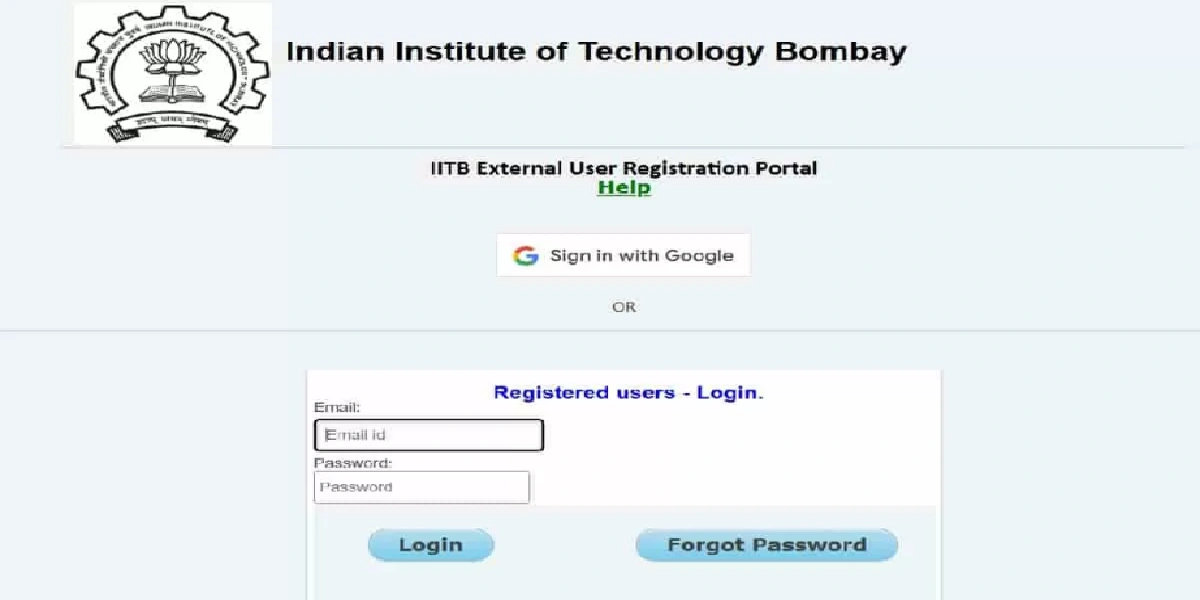CONVENTIONAL MACHINING PROCESS
In conventional machining process, metal is removed by using some sort of tool which is harder than the work piece and it is subjected to wear. In this process, tool and work piece are in direct contact with each other. In other words, the conventional machining process involve removal of metal by compression shear chip formation.
EMERITS OF CONVENTIONAL MACHINING PROCESS
- In conventional machining, metal is removed by chip formation which is an expensive and difficult process.
- Chips produced during this process are unwanted by-products.
- Removal of these chips and their disposal and recycling is a very tedious procedure, involving energy and money.
- Very large cutting forces are involved in this process. So, proper holding of the work piece is most important.
- Due to the large cutting forces and large amount of heat generated between the tool and the work piece interface, undesirable deformation and residual stresses are developed in the work piece.
- It is not possible to produce chips by conventional machining process for delicate components like semi conductor.
UNCONVENTIONAL MANUFACTURING PROCESS
Unconventional manufacturing processes can be divided into the following two categories. Unconventional Machining processes (UMP)
or
Non- Traditional machining processes (NTMP), Unconventional Forming process
UNCONVENTIONAL MACHINING PROCESS
The Unconventional machining processes do not employ a conventional or traditional tool for metal removal, instead, they directly utilize some form of energy for metal machining. In this process, there is no direct physical contact between the tool and the work piece. Therefore the tool material need not be harder than the work piece material as in conventional machining.
UNCONVENTIONAL FORMING PROCESSES
In unconventional forming processes, the metals are formed through the release and application of large amounts of energy in a very short time interval.
NEEDS FOR UNCONVENTIONAL MACHINING PROCESSES
A harder and difficult to machine stainless steel, nitralloy, materials such as carbides, temperature resistant hastalloy and many other high strengthalloys find wide application in aerospace and nuclear engineering industries. Many of these materials also find applications in other industries, owing to ratio, hardness and heat their high strength to weight resisting qualities. For such materials the conventional edged tool machining is highly uneconomical and the degree of accuracy and surface finish attainable are poor. The unconventional poor. machining processes have been developed to over come all these difficulties.
CLASSIFICATION OF UNCONVENTIONAL MACHINING PROCESSES
Unconventional machining processes are classified as follows
- Based on the type of energy required to shape the material
-
-
- Thermal energy methods
- Electrical energy methods
- Electro chemical energy methods
- Chemical energy methods
- Mechanical energy methods
-
b. Based on the mechanism involved in the process
-
-
- Erosion
- Ionic dissolution
- Vaporisation
-
c. Source of energy required for material removal
-
-
- Hydrostatic pressure
- High current density
- High voltage
- Ionised material
-
d. Medium of transfer of energies
-
-
- High voltage particles
- Electrolyte
- Electron
-
METHODS OF ENERGY REQUIRED IN UNCONVENTIONAL MACHINING PROCESSES
Thermal energy methods: in these methods, heat energy is concentrated on a small area of the work piece to melt and vaporize the tiny bits of work material. The required shape is obtained by the continued repetition of this process.
Examples:
- Laser Beam Machining (LBM)
- Plasma Arc Machining (PAM)
- Electronic Beam Machining (EBM)
- Ion Beam Machining (IBM)
Electrical energy methods
In these methods, electrical energy is directly used to cut the material to get the final shape and size.
Example:
- Electro Discharge Maching (EDM)
- Cut Electrical Discharge Machining (WCEDM)
Electro chemical energy methods
In these methods, material is removed by ion displacement of the work piece material in contact with a chemical solution.
Example:
-
- Electro Chemical Maching (ECM)
- Electro Chemical Grinding (ECG)
- Electro Chemical Honing (ECH)
- Electro Chemical Deburring (ECD)
Process capability ( or ) Machining Characteristics
The machining characteristics can be analyzed with respect to
-
- Metal removal rate obtained
- Tolerance maintained
- Surface finish obtained
- Depth of surface damage
- Power required for machining
ADVANTAGES OF UNCONVENTIONAL MACHINING PROCESSES
- It increases productivity.
- It reduces number of rejected components.
- Close tolerance is possible.
- The tool material need not be harder than work piece material as in conventional machining.
- Harder and difficult to machine materials can be machined by this process.
- The machined surface do not have any residual stresses.
What is meant by conventional machining processes ?
In conventional machining processes, metal is removed by using sort of the tool which is harder than the work piece and is subjected to wear. In this process, tool and work piece are in direct contact with each other.
What is meant by Unconventional machining processes ?
The Unconventional machining processes do not employ a conventional or traditional tool for metal removal, instead, they directly utilize some form of energy for metal machining. In this process, there is no direct physical contact between the tool and the work piece.
What is thermal energy methods of unconventional machining ?
In these methods, heat energy is concentrated on a small area of the work piece to melt and vaporise the tiny bits of work material. The required shape is obtained by the continued repetition of this process.
Examples : LBM, PAM, EBM, IBM
What is electro chemical energy methods of unconventional machining ?
In these methods, material is removed by ion displacement of the work piece material in contact with a chemical solution.
Examples : ECM, ECG, ECH, ECD
What is chemical energy methods of unconventional machining ?
The chemical energy methods involve controlled etching of the work piece material in contact with a chemical solution.
Example : CHM
What is mechanical energy methods of unconventional machining ?
In mechanical energy methods, the material is removed by mechanical erosion of the work piece material.
Examples : USM, AJM, WJM
List the unconventional machining process which uses mechanical energy.
- Ultrasonic Machining (USM)
- Abrasive Jet Machining (AJM)
- Water Jet Machining (WJM)
List the Unconventional machining process, which uses thermal or heat energy.
- Laser Beam Machining (LBM)
- Plasma Arc Machining (PAM)
- Electron Beam Machining (EBM)
- Ion Beam Machining (IBM)
List the Unconventional machining process, which uses Electro chemical energy.
- Electro Chemical Machining (ECM)
- Electro Chemical Grinding (ECG)
- Electro Chemical Honing (ECH)
- Electro Chemical Deburring (ECD)
What are the characteristics of unconventional machining process ?
- The Unconventional machining processes do not employ a conventional or traditional tool for metal removal, instead, they directly utilize some form of energy for metal machinery.
- The tool material need not be harder than the work piece material.
- A harder and difficult to machine materials such as carbides, stainless steel, nitralloy hastalloy and many other high strength, temperature resistant alloys can be machined by unconventional machining processes.
- The machined surface do not have any residual stresses.






